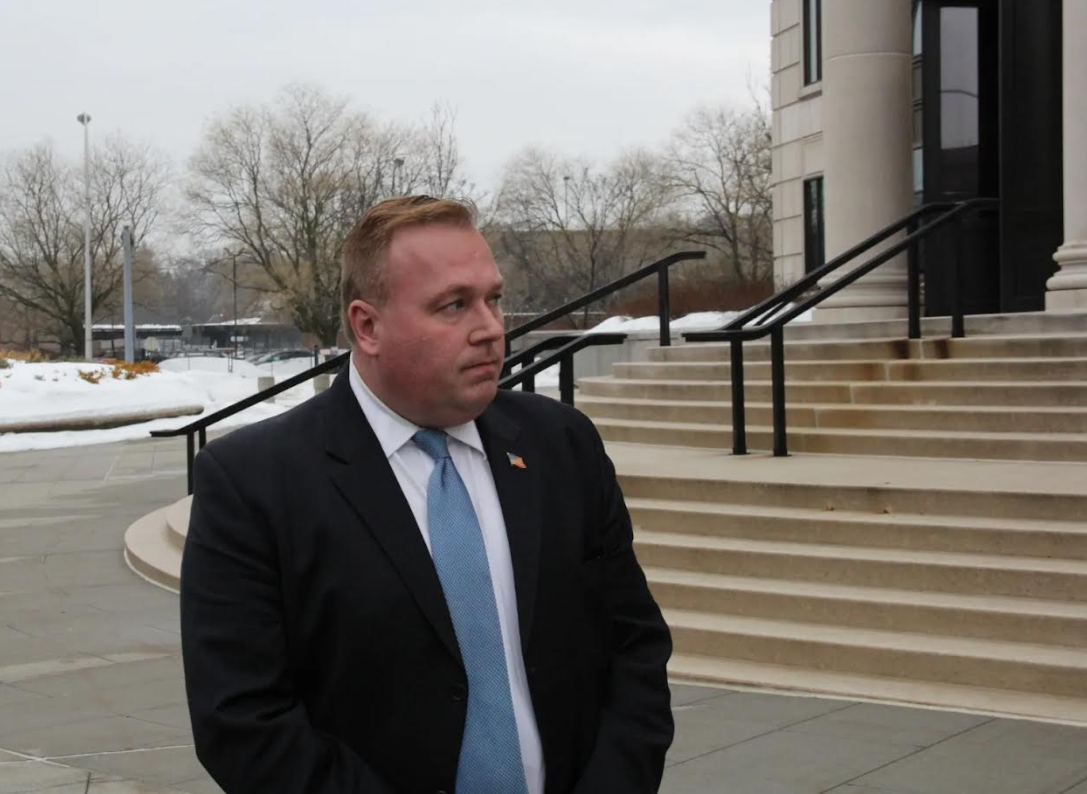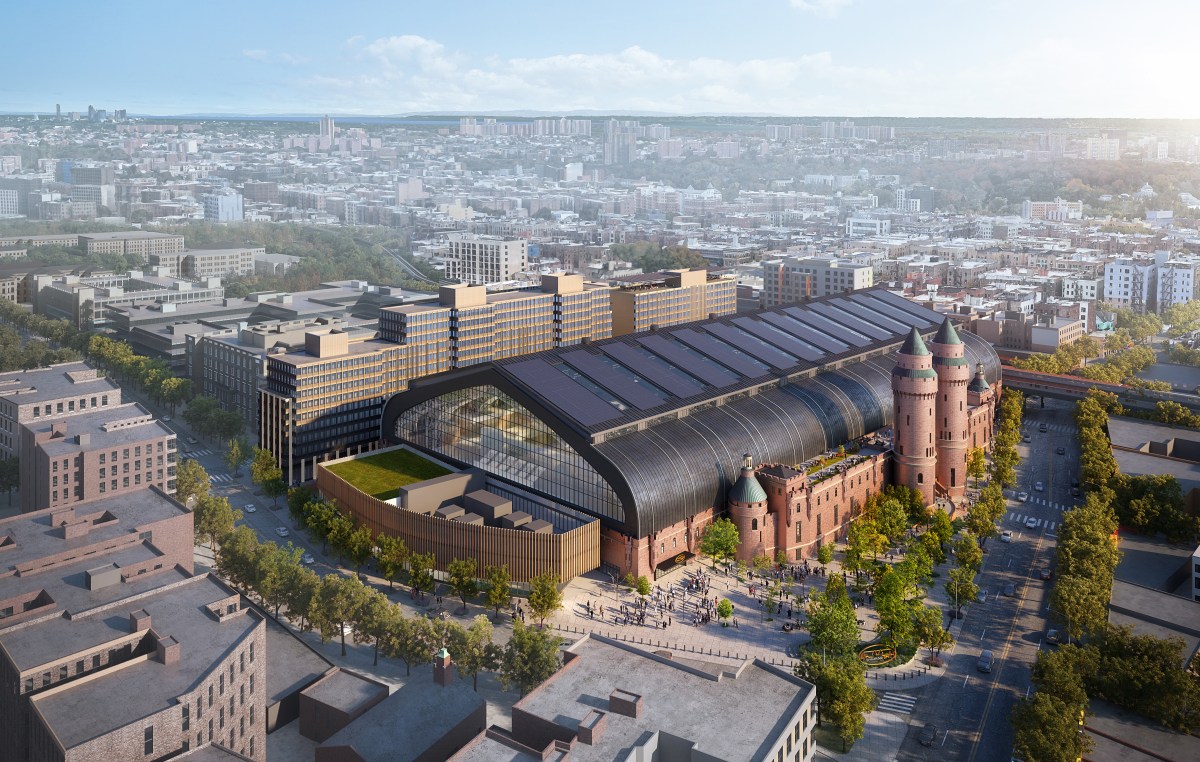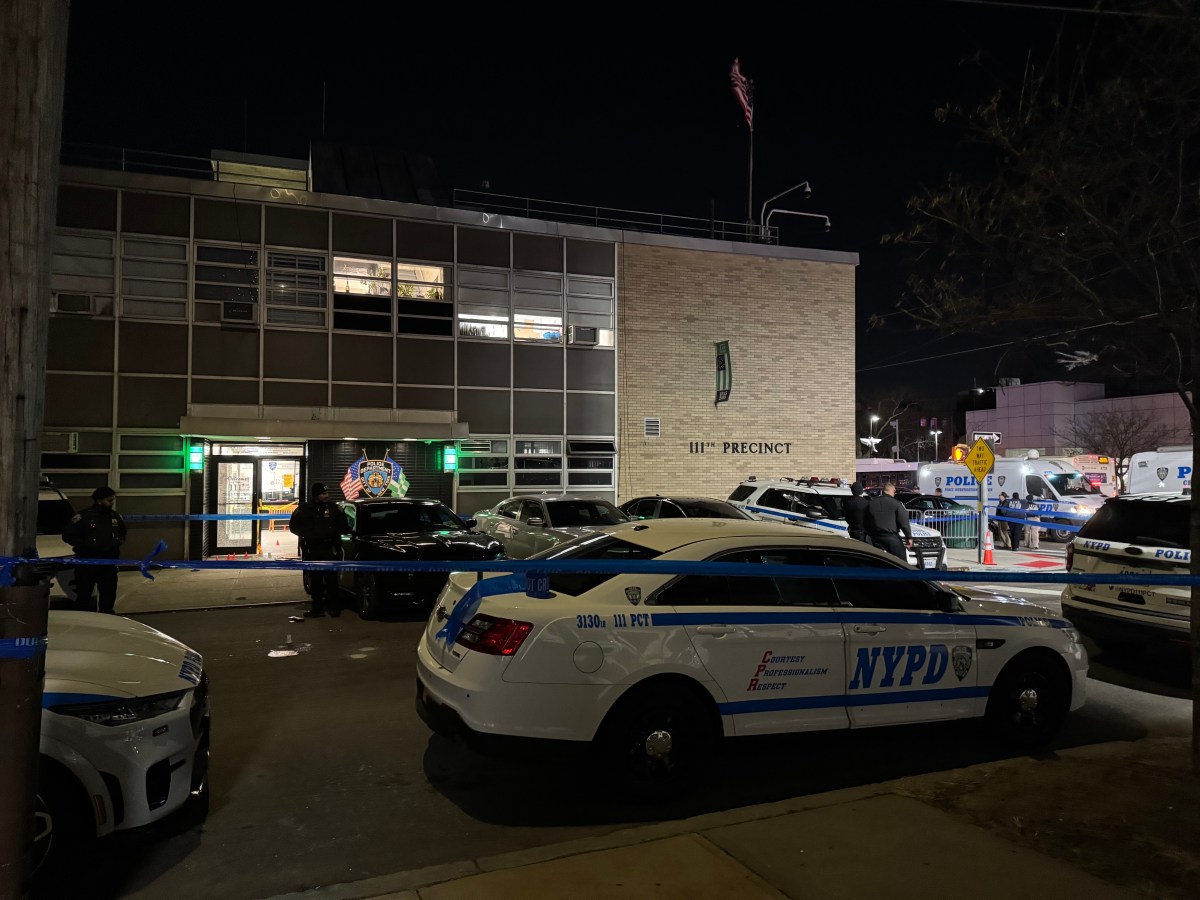BY TERESE LOEB KREUZER | By all measures, the New Amsterdam Market held on Sunday, June 23 was a resounding success. More than 6,000 people came to the blocks between Beekman St. and Peck Slip on South St. to buy food from the market’s 72 vendors.
Among many other offerings, there were bread bakers using flour from upstate New York and a dairy section showcasing cheese, yogurt and ice cream manufacturers using milk from small dairies.
Maggie Nesciur of Flying Fox brought her hand-picked cherries. The owners of the Pie Corps of Greenpoint brought flaky sweet and savory pies. Scott Bridi of Brooklyn Cured was there with his spiced meats. Laena McCarthy, founder of Anarchy in a Jar, came with her jams, made with local produce.
The market opened at 11 a.m. but by early afternoon, many of the vendors had sold all that they had brought with them.
“It was one of the largest attendances we ever had,” said New Amsterdam Market’s founder, Robert LaValva. “It gave me a real boost of encouragement to see that despite the upheavals of the last couple of months, people came from all over the city.”
The “upheavals” center around a City Council vote on March 20 that granted Howard Hughes Corporation, which has a long-term lease on parts of the Seaport, the right to dismantle the existing mall on Pier 17 and replace it with a new one.
Nine days after that vote, a document came to light showing that Howard Hughes’ letter of intent with the New York City Economic Development Corp. gives the firm the option to erect high-rise hotels, apartment buildings and retail on land formerly occupied by the Fulton Fish Market, including the landmarked Tin Building and the New Market building, which is outside the protected area.
Should Howard Hughes exercise that option, it would have to go through another ULURP (Uniform Land Use Review Procedure).
LaValva, who held the first New Amsterdam Market in 2005, has been campaigning for years to have the Seaport area recognized as a historic market district and to have it preserved as such.
He envisioned using the Tin and New Market buildings as the cornerstones of a large market similar to the Pike Place Market in Seattle or the Reading Terminal Market in Philadelphia, that would be open daily with hundreds of vendors.
City Council’s new plan does include two small food markets, but the developments of March and April punctured LaValva’s dream.
The June 23 New Amsterdam Market will be the only one of the summer. LaValva plans to resume in the fall with monthly markets — a step backward from what he had been doing in the previous two years, when he held markets every week from late spring to December.
“Right now, we’re going to focus all of our energies over the next couple of months on a political campaign to save the Fulton Fish Market,” he said. “People see the [New Amsterdam Market] and they don’t understand why we’re fighting. They think of our market as a done deal. But as much as I’ve tried to explain it, most people can’t envision that we’re talking about something much bigger….Anyone passing by might think, this is a great thing! Why don’t you just keep it in this parking lot?”
LaValva is urging Downtowners “to make it very clear to their elected officials and everyone who’s running for office that they will not accept handing over the Fulton Fish Market to Howard Hughes in any way, shape or form.”
On June 23, in the midst of the market’s usual bustle, LaValva held a brief rally to impart this message. No elected officials were there, but Jenifer Rajkumar, who is running for City Council, did attend and asked the crowd, “Do you want a shopping mall or do you want a seaport?”
LaValva said, “We are also going to be very strongly advocating that the Seaport Museum has to remain. None of those properties can be handed over to Howard Hughes.”
He believes that the city has shown by its actions that it doesn’t appreciate or grasp the historic and urban significance of the Seaport.
“The key to understanding the South Street Seaport is to understand that it is a district and it’s not just 10 blocks of particular charm with a dotted line around them,” he said. “Everything is interconnected. The Landmarks documents from the 1970s when they designated the Seaport talk about the incredible cohesiveness of the urban fabric here — how everything is interrelated with each other….
“This is it. The writing is on the wall. It’s very clear that the city supports handing over the fish market and the museum to Howard Hughes and we have to mobilize and say that is not acceptable.”


































